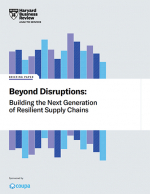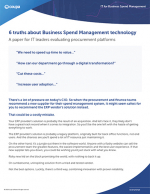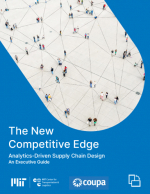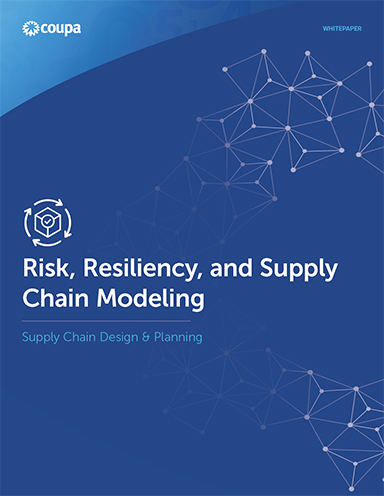Risk, Resiliency, and Supply Chain Modeling
This paper first examines why existing supply chain management practices do not naturally develop resilient supply chains and why some of the existing supply chain processes are not suitable for addressing such risks and required responses.
Summary
COVID-19 has been an extraordinary experience in our lifetimes - and has quickly exposed the weaknesses in supply chains.
In a matter of weeks, the resulting supply and demand shocks had and continue to have a globally disruptive impact on organizations and the people they serve.
While no event in modern times has demonstrated the impact of external disruption more clearly than COVID-19, it is not the core topic of this whitepaper.
The pandemic does perfectly uncover the imperfections of traditional supply chain models in the face of change. Most supply chains have been designed with cost efficiency in mind. But just-in-time and lean inventory strategies have resulted in organizations struggling to adapt as disruptions become more frequent and forceful.
This trend is likely to accelerate, due to the continued adverse human footprint on the planet, growing resource scarcity, and the interdependence of our processes, and our reliance on digitization.
The increasing frequency and force of such disruptions, given the interdependent and complex nature of supply chain operations today, result in a disproportionate increase in the monetary costs of these events.
Going forward, the topic of supply chain risk management (SCRM) and, as a measure for preparedness, supply chain resiliency (SCRes) will require more attention from practitioners.
Further, for high-impact, low-probability (HILP) incidents that are topics of this essay, practitioners will, if temporarily, have to adopt some of the methods used in disaster relief operations (DRO), which in part are significantly different from commercial supply chain practices. Both recent surveys and observations during the enduring Coronavirus pandemic prove that most companies are not adequately prepared.
This paper first examines why existing supply chain management (SCM) practices do not naturally develop resilient supply chains and why some of the existing SCM processes are not suitable for addressing such risks and required responses. It outlines the general concepts of SCRM and SCRes, then focuses on the usage of supply chain modeling to improve the effectiveness of risk analysis and response planning.
It concludes with a summary of the benefits of SCRM supported by modeling.
Contents
- Conditions and Paradigms, Past and Future
- Supply Chain Risk Management and Resiliency
- Resiliency, Risk Analysis, and Response Using Supply Chain Modeling
- Conclusion
What’s Related




Favorites





